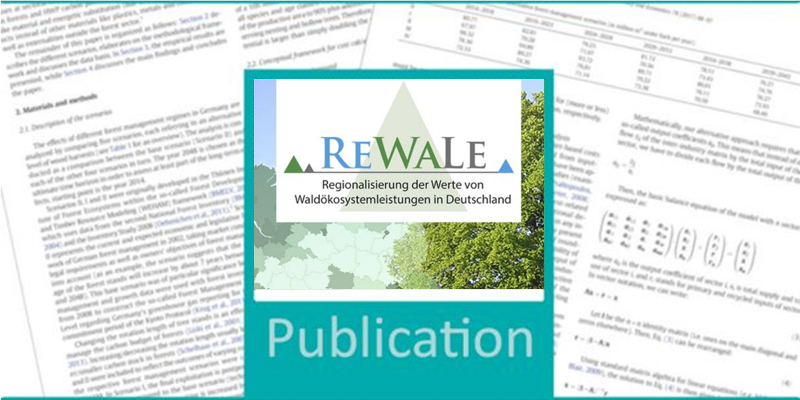Specifically, we consider the benefits of timber production, of global climate protection due to carbon sequestration, of recreation for local residents, and of services for nature protection and landscape amenity. Combining information from official statistics and data from valuation studies that are compatible with economic demand theory, we identify spatial drivers of FES benefits and derive generic valuation functions for each of the services.
Using a Geographic Information System, these valuation functions are applied to the conditions in the Local Administrative Units (municipalities), resulting in Benefit Function Transfer estimates for each service and each municipality. Afterwards, results are aggregated to NUTS‐3 level (counties) and mapped.
Aggregate annual benefits of timber production to society as a whole, of climate protection and of recreation services together exceed the ten billion Euro mark—far more than what is reflected in market statistics. Scenarios illustrate the potential for enhancing nature protection benefits particularly by restoring forest biodiversity, as measured by an avifaunistic indicator. The spatial analysis reveals distinct distributional patterns for each of the services.
We conclude that a spatially explicit valuation for an entire country is possible even with limited data, which can help policy makers improve the institutional setting in a way that the protection and use of the forests become more sustainable and efficient. After pointing at several caveats, we finally suggest various possibilities for further model development.
- Elsasser P, Altenbrunn K, Köthke M, Lorenz M, Meyerhoff J (2021) Spatial distribution of forest ecosystem service benefits in Germany: A multiple benefit-transfer model. Forests 12(2):169, DOI:10.3390/f12020169PDF Dokument (nicht barrierefrei) 4067 KB









